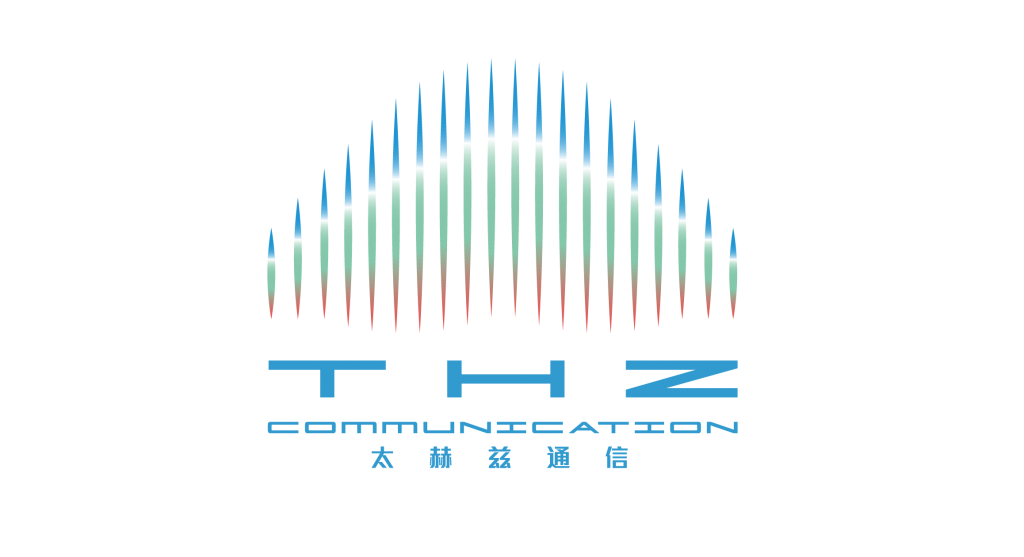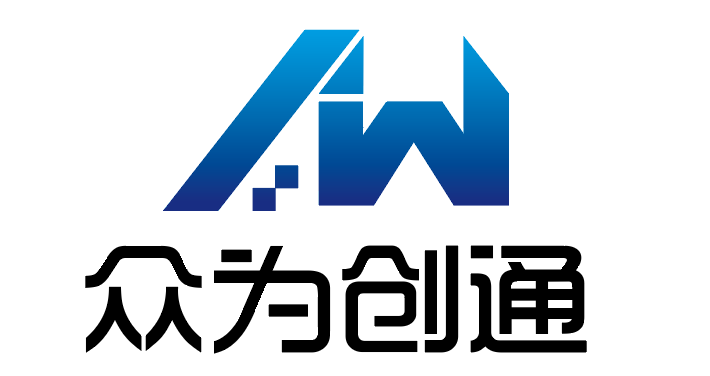Session 9: Plenary 3
| UK China GMT+1 GMT+808:00 15:0008.45 15:45 |
(University of Warwick, UK)
Advancing in vivo THz imaging
6G technologies and architecture |
Session 10A: Advanced Materials and Fabrication Techniques for Mm-wave Antennas
| 09:40 | 16:40 |
Millimetrewave Filtering Antenna Using Gap Waveguide with Half-Wall Half-Pin Structures (Invited)
ABSTRACT. This paper presents a cavity-backed slot filtering antenna (filtenna) designed based on gap waveguide structure using novel sidewalls. Rather than using traditional full-length pins, the unit-cell geometry of the proposed sidewall consists of a λ/8 high pin placed above a λ/8 high solid wall, where the total height of the pin and wall is quarter wavelength of the operating frequency in free space. The resonant frequency of the designed filtenna is 30.5 GHz and the fractional bandwidth is 6.3%. The designed filtering antenna is fabricated using computer numerical control (CNC) milling technology. The simulated and measured results of the proposed filtenna are in excellent agreement. |
| 10:05 | 17:05 |
D-Band Antenna-Filter Integration Using Metal 3D Printing
PRESENTER:
Chao Gu ABSTRACT. Low-cost fabrication of D band components is still challenging because of the small feature size of the design parameters. This paper introduces current 3D printing technologies that can be used to produce metallic waveguide-based components. In particular, metal binder jetting (MBJ) is a support-free printing technique suitable for printing complex structures. This paper aims to discuss D band antenna-filter integration by applying the MBJ process. The manufacturing strategy is applied to the design and optimization of an asymmetric iris filter which is later integrated with a resonant cavity antenna. The simulation results show that the proposed antenna-filter module has a three-order flirting performance with a maximum gain of 16.5 dBi. |
| 10:20 | 17:20 |
Miniaturized reflective phase shifter based on liquid crystal
PRESENTER:
Yin Jin ABSTRACT. This paper designs a miniaturized reflective phase shifter based on liquid crystal. The phase shifter adjusts the dielectric constant of the liquid crystal to cause the load impedance to change, thereby realizing the phase change at the output of the coupler. Through the multilayer circuit structure, the miniaturization of the phase shifter is realized. In the operating bandwidth of 14GHz~16GHz, the return loss is better than -10.89dB, the insertion loss is better than 5.7dB, and the maximum phase shift exceeds 320°. |
| 10:35 | 17:35 |
A High-Efficiency 35 GHz Circular-Polarized Rectenna with Rotating Array
PRESENTER:
Yuheng Yan ABSTRACT. A 35GHz circular-polarized rectenna with high efficiency is proposed in this paper .The rectifier is designed at 35GHz using Schottky diode of MA4E1310.Two Schottky diode is series-parallel connected in the rectifying circuit, which has a measured rectifying efficiency of 54% with a 600 Ω when the received power is 63mW. The proposed rectifier is printed on the bottom side of antenna. The antenna is simulated by the full wave EM analysis software of HFSS and the rectifying circuit is simulated by using the ADS software . A four element rectenna array is designed with rotating array and the circular patch antenna fed by the coupling slot is employed to receive power form free space with a high gain of 12 dB .The low profile and easy integration of the proposed rectenna will be used for reference in the field of millimeter wave wireless energy transmission.(MMPT) |
Session 10B: Wireless communications
Chair Angeliki Alexiou (University of Piraeus, Greece)
| 09:40 | 16:40 |
3D Imaging Algorithm for Non-Uniform Scanning 1D MIMO Array
PRESENTER:
Guilin Deng ABSTRACT. In short-range millimeter-wave (MMW) 3-D imaging applications, scanning 1-D multiple-input multiple-output (MIMO) array shows the advantages in low cost and fast data acquisition comparing to traditional single-input-single-output (SISO) and 2-D MIMO techniques. However, in practical applications, the actual synthetic aperture array is non-uniform since uniform scanning is difficult to achieve. To solve this problem, a frequency-domain fast imaging algorithm based on non-uniform fast Fourier transform (NUFFT) is proposed in this paper. Simulation and experimental results show significant improvement in imaging efficiency comparing to traditional methods such as back projection (BP) algorithm, while maintaining the imaging quality. |
| 09:55 | 16:55 |
A 220-GHz-Band 31.2-Gbps Dual-Carrier Real-Time Wireless Link Using 64-QAM Modulation
PRESENTER:
Feng Yinian ABSTRACT. This paper describes a 220-GHz solid-state dual-carrier superheterodyne wireless link using 64-QAM modulation over a distance of 5 cm. By aggregating two channels in sub-terahertz band, the real-time data rate of the proposed link is double to achieve 31.2 Gbps (15.6 Gbps per channel). The measured SNR is 24.2 dB and 25.4 dB, and the BER is 1.8e-7 and 8.6e-8 for two channels, respectively. Meanwhile, 4-K video transmission is carried out in two channels which are all clear and free of stuck. The successful transmission of aggregated channels in this work shows great potential for future high data rate real-time communication. |
| 10:10 | 17:10 |
Graphene-based External Optoelectronic Terahertz Modulators for High Speed Wireless Communications
PRESENTER:
Abdullah Zaman ABSTRACT. the realization of terahertz external amplitude modulators with a carrier frequency of 0.8 THz is presented for application in the next generation near-field wireless communications. |
| 10:25 | 17:25 |
1080P HD Video Transmission using RTD Transmitter (Invited)
PRESENTER:
Jue Wang ABSTRACT. In this paper, we present low cost THz wireless transmission system utilizing 278GHz resonant tunneling diode (RTD) transmitter (Tx) with around 1mW output power. The demonstration shows 12Gbps error free and 1080p30 (3Gbps) HD video real time transmission over 80 cm distance. These results demonstrate very promising future of RTD Tx for next generation wireless communication system. |
Chair Claudio Paoloni (Lancaster University, UK)
| 10:50 | 17:50 |
Goethe University of Frankfurt, Germany
|
| 11:00 | 18:00 | |
| 11:10 | 18:10 | |
| 11:20 | 18:20 |
Haiming Wang 6G in China |
| 11:30 | 18:30 |
Panel Session Moderator Claudio Paoloni (Lancaster University) Panelists Viktor Krozer Goethe University Frankfurt, Germany Angeliki Alexiou University of Piraeus, Greece Joachim Oberhammer, KHT, Sweden Haiming Wang, Southeast University, China Maziar Nekovee, University of Sussex, UK |
Session 11: Solid State devices 2
Chair Byron Alderman (Rutherford Appleton Laboratory, UK)
| 10:50 | 17:50 |
170 GHz Passive Tripler Based on Schottky Barrier Diodes (Invited)
PRESENTER:
Zhongqian Niu ABSTRACT. In this paper, a 170GHz frequency tripler is designed by using the collaborative simulation method of “field” and “circuit”. The frequency multiplier adopts reverse-paralleled diode-pair structure to realize frequency tripling without bias. When the input driving power of the designed 170GHz tripler is about 100mW, the efficiency can reach 9%. |
| 11:15 | 18:15 |
A Ka-band 2-Stage Transformer Coupled Power Amplifier in 0.13µm SiGe BiCMOS Technology
PRESENTER:
Ling Li ABSTRACT. This paper presents a 30-to-40 GHz 2-stage power amplifier (PA) for 5G applications. Transformers are used to achieve a broad input, output and interstage matching while occupying a compact size. The neutralization technique is used to boost the power gain and improve stability of PA. According to the simulation results, the power amplifier achieves an output 1dB compression point (OP1dB) of 14.9 dBm and a saturated output power of 17.4 dBm with a peak power added efficiency (PAE) of 39% at 35 GHz. The gain is larger than 30 dB from 30-40 GHz. Implemented in a 0.13-µm SiGe BiCMOS process, the overall chip size is 0.46 mm2 including all RF and DC pads. |
| 11:30 | 18:30 |
A 108 GHz terahertz Modulator Based on an L-shaped metal strip
PRESENTER:
Dianyuan Ping ABSTRACT. Abstract—In this paper, a direct terahertz modulator based on a Schottky diode embedded in an L-shaped structure is presented. Different oscillation modes are formed by the On-Off state of the diode, corresponding to the modulation of the terahertz waves. After the cavity is processed, the device results show that the insertion loss is as low as -1.4 dB, and the isolation reaches up to 12 dB. |
Chairs
| Alan Phelps Strathclyde University, UK |
Xue-Xia Yang Shangai University, China |





